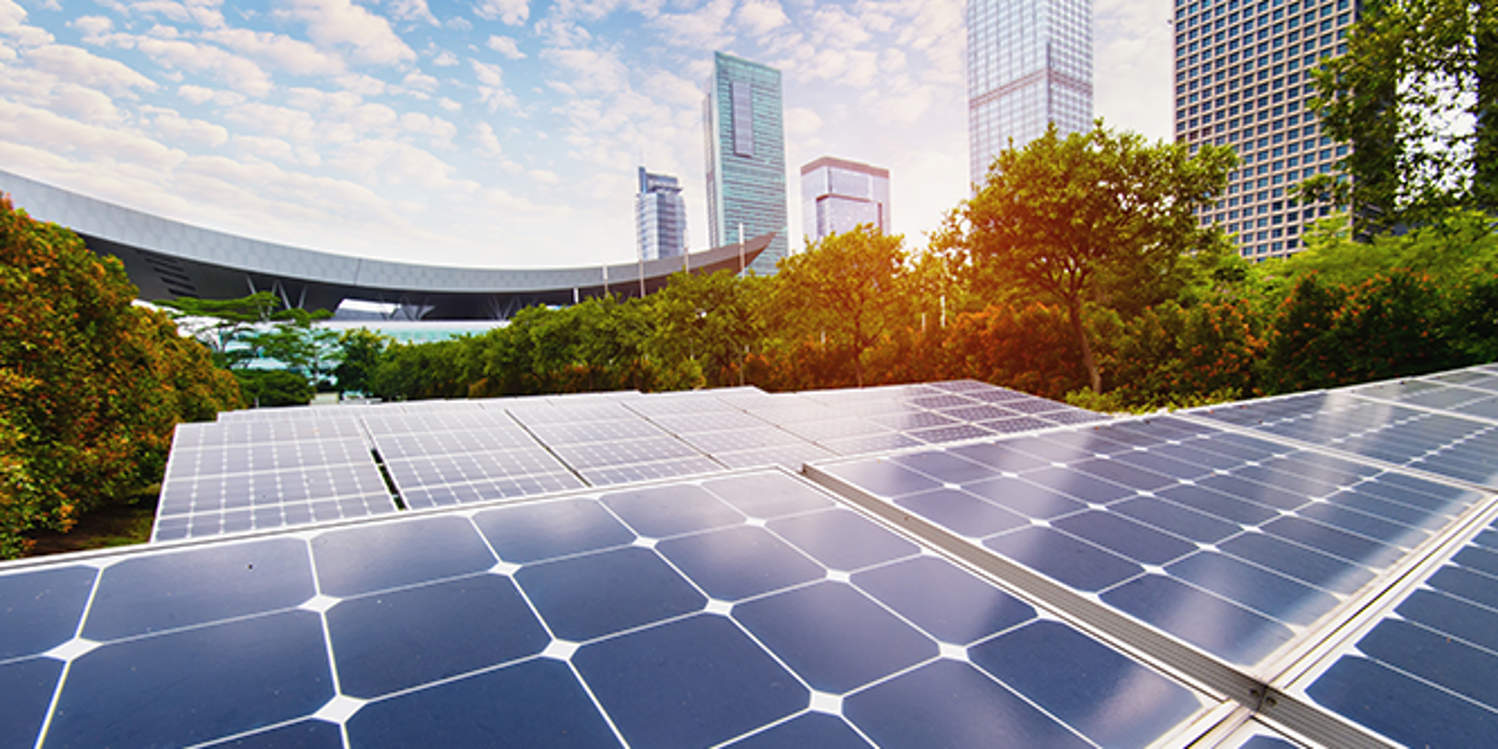Governance Surveys
Directorship Magazine
Renewable energy, energy consumption, and carbon reduction are subjects that at some stage will come before a board, if they have not already. How does the board evaluate and oversee a company’s energy policy, especially when it comes to making decisions on alternative energy sources to reduce carbon production?
The board needs to think about not just financial issues but also those that are social and environmental.
A professor at Massachusetts Institute of Technology’s (MIT) Sloan School of Management discussing carbon reduction on the MIT portal stated, “If we don’t change how we make materials, how we make chemicals, how we manufacture, everything will essentially stay the same.”
Renewable energy is a bit like medication: it makes things better but there are side effects. The board, when reviewing energy policy, needs to understand the side effects. Quite often these side effects are not presented as part of the equation.
For example, electric vehicles (EVs) and electric bikes are seen as a highly effective way of reducing scope 1, 2, and 3 carbon emissions. True, the EV is hands down the winner if the comparison is between actual road mileage by an EV versus an internal combustion engine vehicle. However, if the whole process of producing the two vehicles is compared, the benefits of an EV narrow considerably. Manufacturing an 80 kilowatt hour lithium ion battery, the type used in a Tesla Model 3, requires a process that emits one ton of carbon dioxide. Imagine the tons of carbon dioxide the delivery fleet would produce if it was an all-EV fleet.
In some cases, there are also hidden financial side effects. Are all the full running costs of a renewable system being tracked? Energy management companies have programs that track solar- and wind-powered installations. These programs can show the return on investment against grid power, the reduction in carbon emissions, and even the number of trees saved. These programs, however, do not show the true cost of solar- and wind-powered installations because they rarely include system maintenance, insurance, or backup power costs. If a solar or wind installation is completely off grid and is the only power supply, a backup system is necessary. On days when there is no sun or wind, or wind turbines freeze, a backup eco generator is needed. The cost of the backup generator, the fuel it runs on, plus maintenance of and insurance for the generator need to be considered to understand the true return on investment. In the end, the board may favor the nonfinancial benefits over the financial ones but will at least understand the complete situation.
Another side effect that is not generally discussed is the exponential growth in lithium ion battery production to meet the storage requirements of renewable electricity. According to S&P Global Mobility, between 2021 and 2027 demand for lithium ion batteries will have an annual compound growth rate of 40 percent. In five to twenty years or less in some cases, these batteries will need to be replaced. Lithium ion batteries, which are regarded as an environmental hazard by the US Environmental Protection Agency, need special disposal facilities. The board should understand the storage and disposal process of large numbers of batteries and any potential harm it could do to communities in the disposal area, just the same as the board would with other toxic waste. Lithium ion batteries also have the ability to suddenly overheat and internally combust, a process known as thermal runaway. These fires must be treated as chemical fires and cannot be extinguished with water.
Nuclear energy avoids many of the problems associated with other sources of energy but is probably not on the agenda for most boards. It is carbon-free electricity and does not take up much land but the risk of malfunction is well known and there is also the issue of disposal of nuclear waste and uranium.
Hydrogen use is still in its early stages of development. Hydrogen gas is extracted from water by running a high electric current through the water, a process known as electrolysis. This process involves high use of other energy and is very expensive. More research is needed into a viable method of generating it at a relatively low cost, so it is probably not in the energy management policy of most companies, other than those in the energy industry.
Renewable energy, carbon reduction, and climate impacts, as well as associated reporting, are new issues for most boards. The technologies are also rapidly changing. The impact of these policies both socially and economically are still being revealed and boards will have to understand the cost benefit of their decisions. Just because it is renewable, or provides alternative energy, does not always mean it is the right choice.
Wendy Luscombe is an independent board member specializing in climate issues, information security, and risk management. She has lived entirely off renewable energy sources, including solar and geothermal power, for more than four years.

Wendy Luscombe is an independent board member specializing in climate issues, information security, and risk management.


